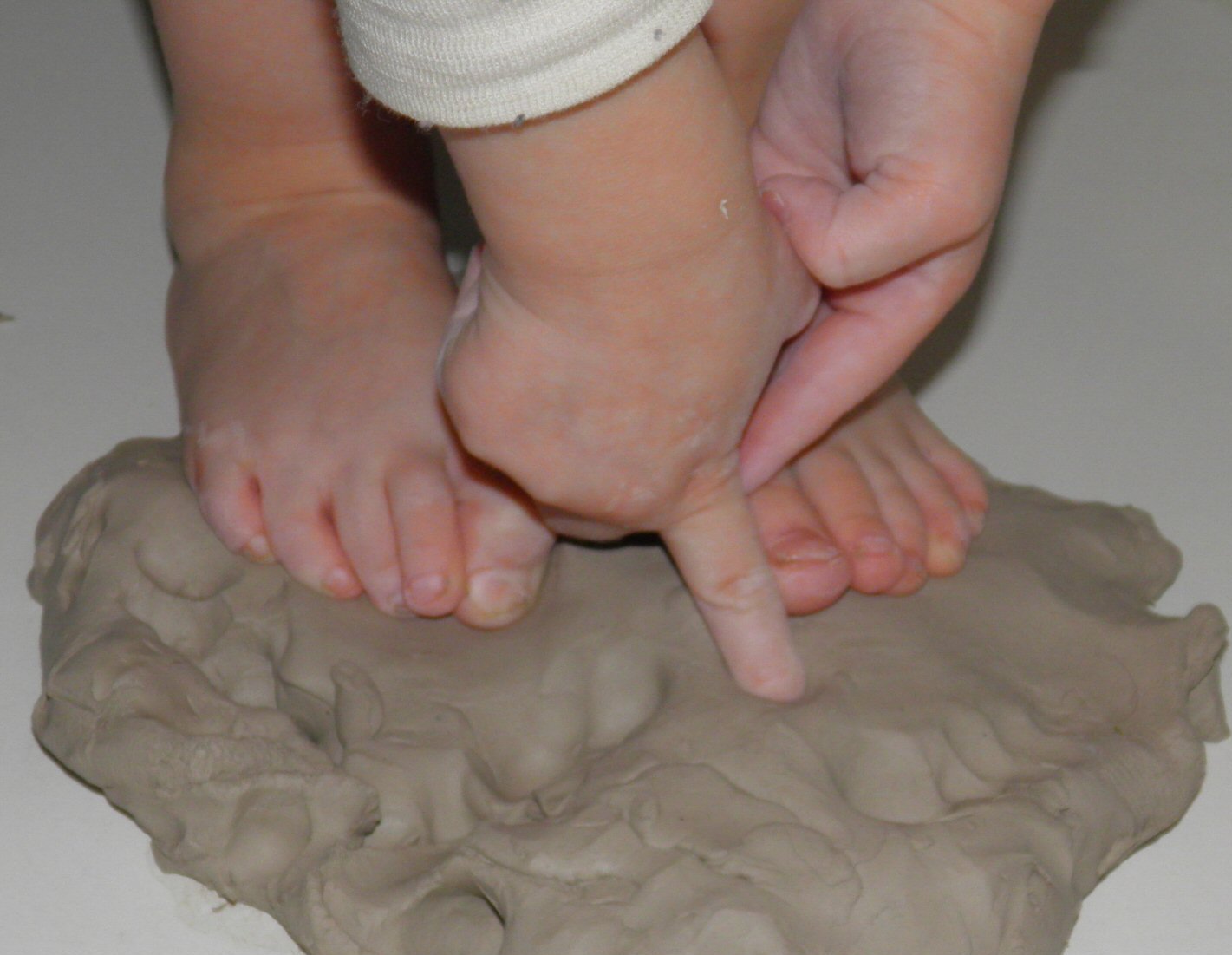When past and new experiences meet. Negotiating meaning with 3-D materials in early childhood education
DOI:
https://doi.org/10.7577/formakademisk.128Keywords:
Experience, meaning making, visual arts, early childhood, 3-D materials, embodiment, multimodalityAbstract
This article suggests that the process of meaning making is closely related to embodied experience and social interaction. The article is based on a study of specific contexts of visual arts education with 3–5 year old children. The study aims to enlarge understanding of relationships between children’s experience with three-dimensional (3-D) materials and their meaning-making processes. Empirical data were collected through observations of children’s play and video documentation of interactions between a practitioner-researcher and pairs of children. The data were analysed through interpretative, contextual, arts-based inquiry, and the findings were presented in the form of vignettes. Two vignettes with 3-year-old boys are presented in this article, in order to discuss how the boys’ explorative play with 3-D materials formed the basis for their experience, problem solving, imaginative response, multimodal expressions and meaning making. It is further suggested that the children’s new understandings emerge from the ‘meetings’ between their past and new experiences, stimulated by the 3-D material’s affordances and resistance.

Downloads
Published
How to Cite
Issue
Section
License
Authors who publish with this journal agree to the following terms:
- Authors retain copyright and grant the journal right of first publication with the work simultaneously licensed under a Creative Commons Attribution 4.0 License that allows others to share the work with an acknowledgement of the work's authorship and initial publication in this journal.
- Authors are able to enter into separate, additional contractual arrangements for the non-exclusive distribution of the journal's published version of the work (e.g., post it to an institutional repository or publish it in a book), with an acknowledgement of its initial publication in this journal.
- Authors are permitted and encouraged to post their work online (e.g., in institutional repositories or on their website) prior to and during the submission process, as it can lead to productive exchanges, as well as earlier and greater citation of published work (See The Effect of Open Access).
- The author(s) must manage their economic reproduction rights to any third party.
- The journal makes no financial or other compensation for submissions, unless a separate agreement regarding this matter has been made with the author(s).
- The journal is obliged to archive the manuscript (including metadata) in its originally published digital form for at least a suitable amount of time in which the manuscript can be accessed via a long-term archive for digital material, such as in the Norwegian universities’ institutional archives within the framework of the NORA partnership.
The material will be published OpenAccess with a Creative Commons 4.0 License which allows anyone to read, share and adapt the content, even commercially under the licence terms:
This work needs to be appropriately attributed/credited, a link must be provided to the CC-BY 4.0 licence, and changes made need to be indicated in a reasonable manner, but not in any way that suggests that the licensor endorses you or your use.



